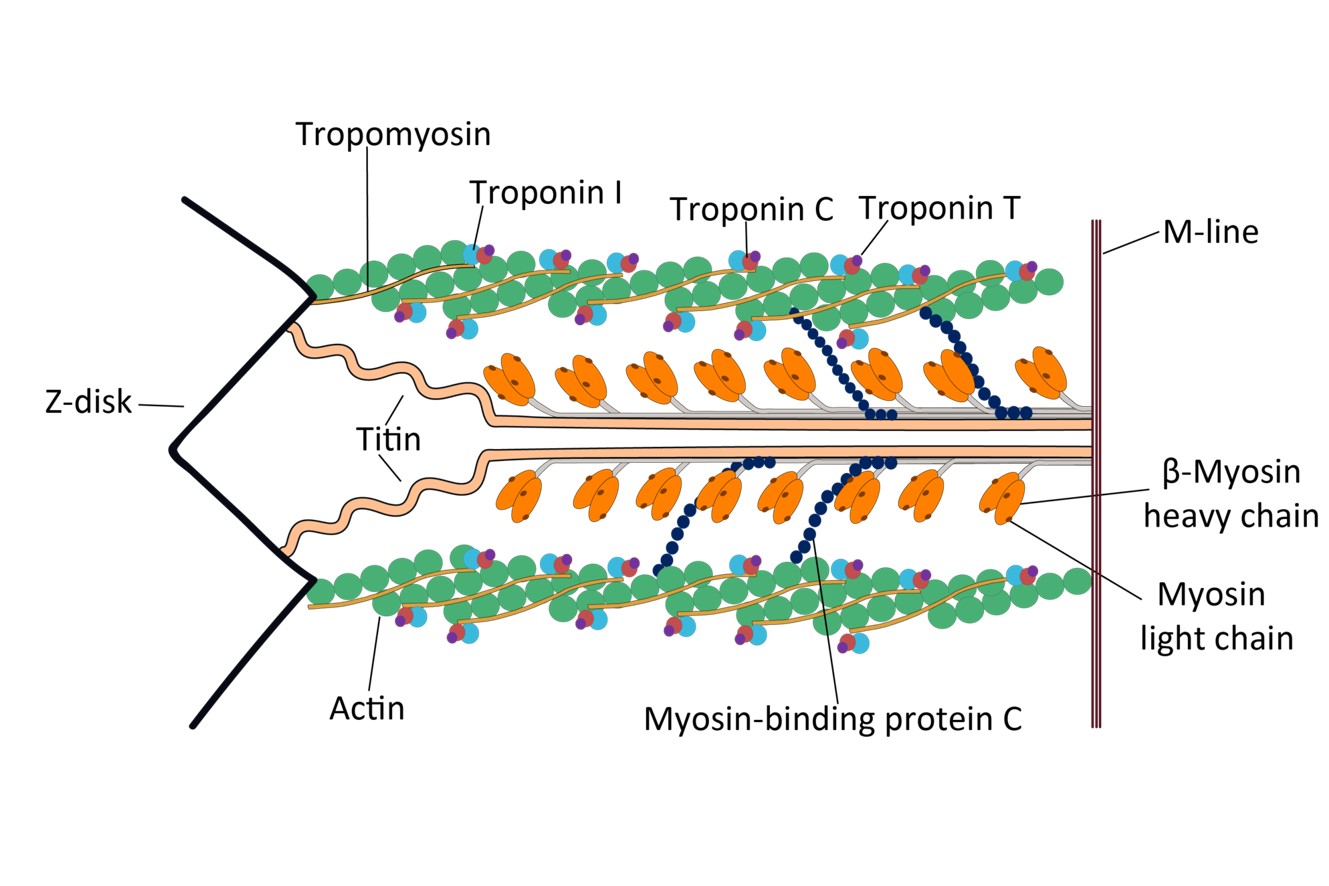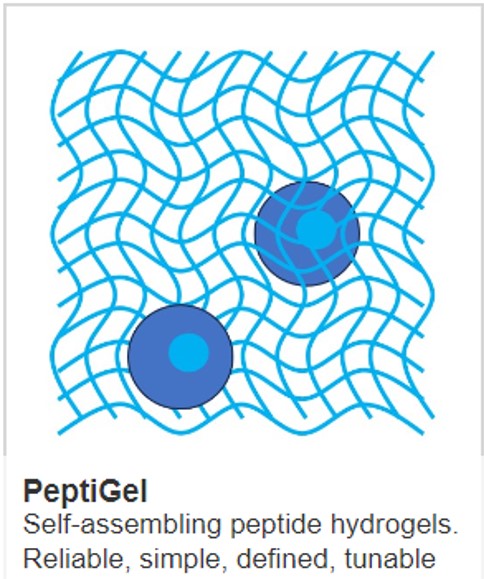What are the biggest proteins?

For proteins, size does matter. The size of proteins is related to their function. Most of the really big proteins are found in muscles. Muscle cells are specialized for contraction and force generation, processes that rely on the precise organization and interaction of several large protein complexes.
Before listing the biggest proteins, let’s provide some context: Proteins are typically 300 to 500 amino acids in length. In terms of molecular weight, this translates to approximately 33 to 55 kilodaltons (kDa), since the average molecular weight of an amino acid residue is roughly 110 daltons.
Titin (Connectin): Titin is crucial for the elasticity of muscle tissue. It has a molecular mass of approximately 3,000 to 3,700 kDa and consists of 26,926 to 33,423 amino acids, depending on the isoform and species. So Titin is a massive 100-times bigger than a typical protein.
Nebulin: A giant actin-binding protein involved in the regulation of skeletal muscle contraction, nebulin has a molecular weight of about 600-900 kDa.
Obscurin: A giant muscle protein involved in the organization of myofibrils during assembly, with a molecular weight of about 720-900 kDa.
Dystrophin: This protein is crucial for the stability of muscle fibers; mutations in dystrophin lead to Duchenne muscular dystrophy. Dystrophin has a molecular weight of about 427 kDa.
AHNAK: A large protein involved in cellular signalling and membrane organization, AHNAK has a molecular weight of approximately 700 kDa.
Mucins: These are a family of high molecular weight, heavily glycosylated proteins. Some mucins, like MUC16, can have molecular weights exceeding several million Daltons due to their carbohydrate content, although the protein backbone itself is smaller.
Ryanodine Receptors (RyR): These are intracellular calcium channels that play a key role in muscle contraction. They are large proteins, with RyR1 having a molecular weight of approximately 565 kDa.
Spectrin: A cytoskeletal protein that lines the intracellular side of the plasma membrane, beta-Spectrin has a molecular weight of about 200-250 kDa, but forms much larger complexes in vivo.
Myosin Heavy Chains: Involved in muscle contraction, these proteins can have molecular weights around 200 kDa, with complexes forming much larger structures.
Nucleoporins: The nuclear pore complex is a massive structure composed of multiple proteins called nucleoporins. While individual nucleoporins vary in size, the entire complex has a mass of about 120 million Daltons, making it one of the largest protein assemblies in the cell.
Laminins: These are large glycoproteins that are major components of the basal lamina. They have a mass of about 400-900 kDa.
Fibrillins: Fibrillin-1, for example, is a large glycoprotein essential for the formation of elastic fibers in connective tissue, with a molecular weight of about 350 kDa.
Elastin: While individual elastin molecules are smaller (about 70 kDa), they cross-link to form large, elastic fibers that can be several micrometers in length.
Giant Cadherins: These are large transmembrane proteins involved in cell adhesion. Fat cadherins, for example, can have molecular weights of about 460-560 kDa.
Ankyrins: Large proteins that link the integral membrane proteins to the spectrin-actin cytoskeleton, with molecular weights of about 190-220 kDa.
Perlecan: A large heparan sulfate proteoglycan found in the basal lamina and other extracellular matrices, with a core protein of about 400-470 kDa.
Versican: A large chondroitin sulfate proteoglycan involved in cell adhesion, proliferation, migration, and angiogenesis, with a core protein of about 1000 kDa.
Apoferritin: The protein shell of ferritin, the iron-storage complex, can assemble into a hollow sphere that is about 24 nm in diameter, making it one of the larger protein complexes.
Clathrin: Involved in the formation of coated vesicles, clathrin triskelions assemble into large polyhedral lattices around vesicles, with each triskelion having a molecular weight of about 180 kDa.
IMAGE: Titin interaction with other proteins Credit Mohamed Elshennawy, M.D. - Own work, CC BY-SA 4.0, https://commons.wikimedia.org/w/index.php?curid=121404909



